From folk remedies and tooth fairies to barber-surgeons and professional dentists, ‘Teeth’ told the tale of our pursuit of a pain-free mouth and the perfect smile.
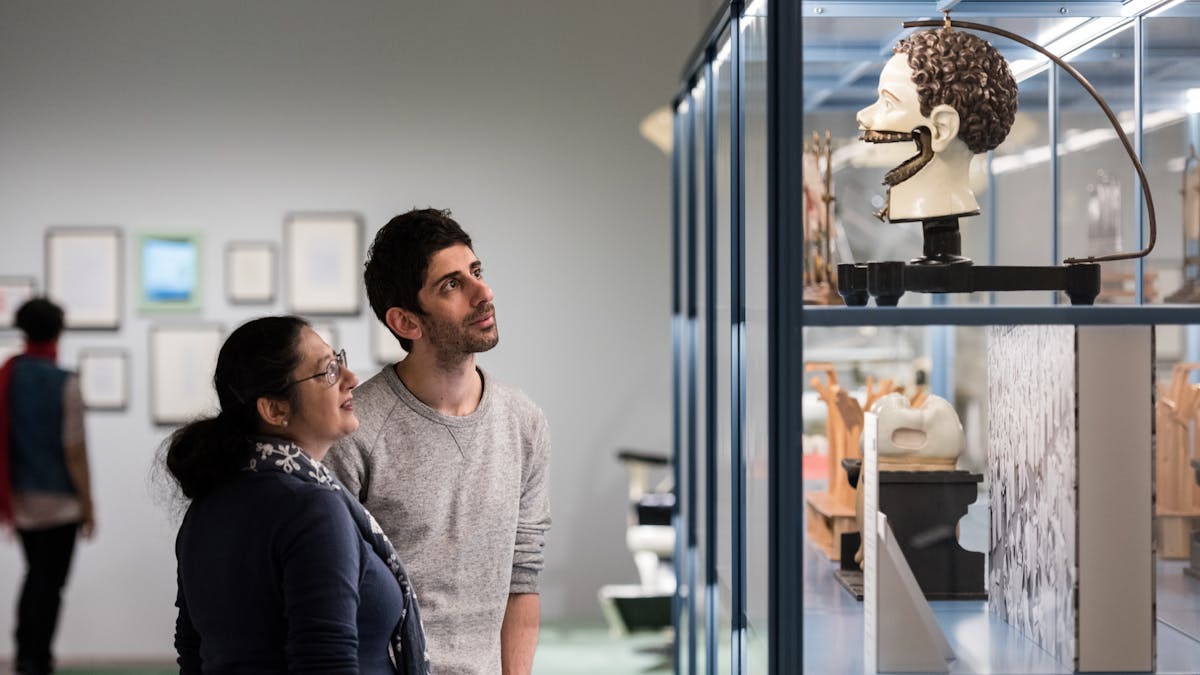
All the images, objects and artworks you could ever need to put a smile on your face.
Explore the highlights selected from over 150 objects, including ancient protective amulets and dental bling, dentures and drills, sketches and spittoons, tooth transplants and toothpaste ads.
Exhibition highlights
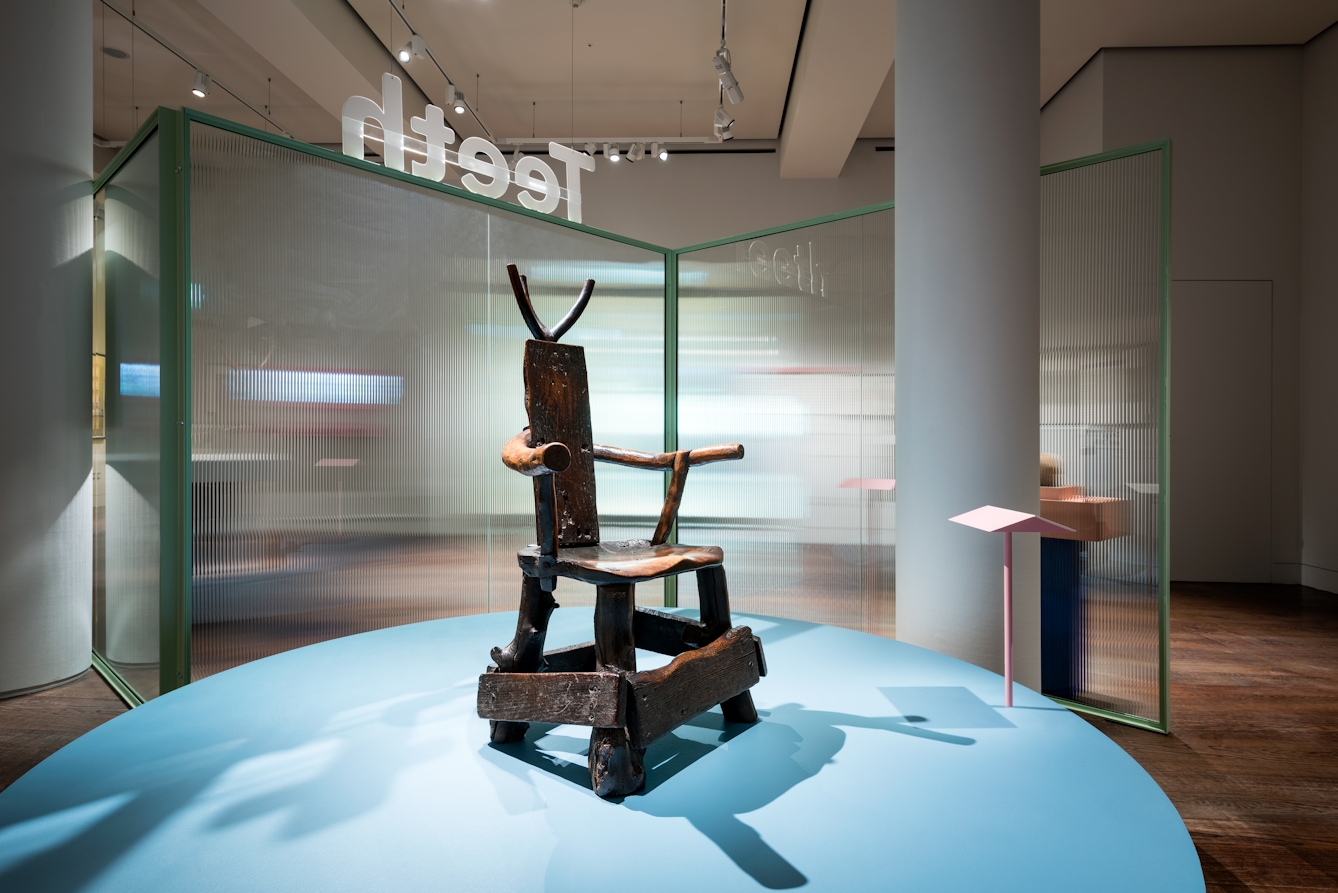
This Barber surgeon's chair is from a time when tooth-pulling was viewed with disdain by the established medical profession. From the Middle Ages the dirty work of surgery was more commonly performed by barbers. Armed with a razor and other tools for cutting and wrenching, they took on tasks from trimming hair to amputating limbs – and pulling teeth.
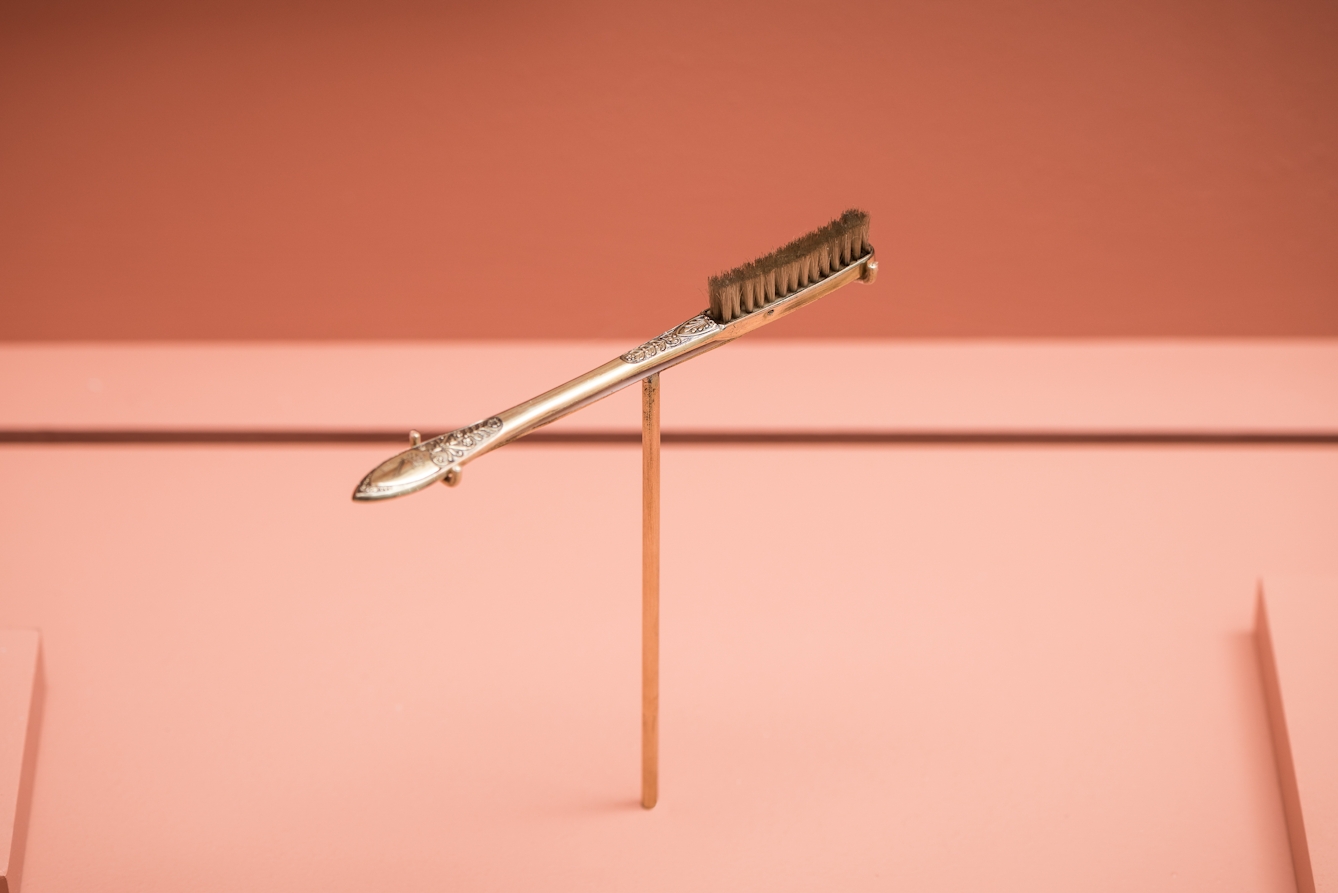
This toothbrush from the late 18th century belonged to Napoleon. It has a silver-gilt handle and is engraved with Napoleon's coat of arms. His biographer F Masson maintained that Napoleon would brush carefully morning and night, and clean his tongue with a silver scraper.
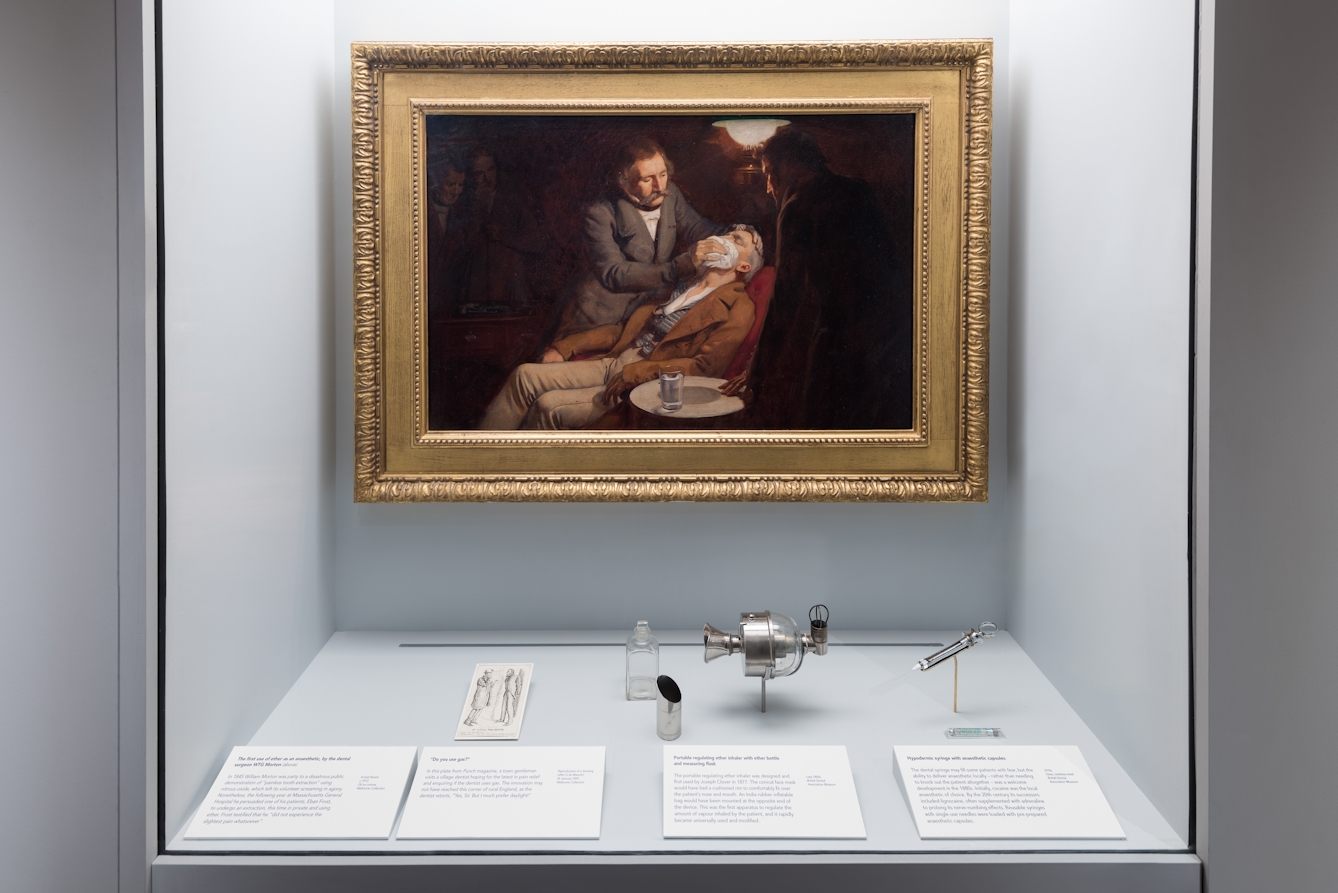
The controversial use of anaesthesia in dentistry is depicted in this oil painting. In 1845 William Morton was party to a disastrous public demonstration of "painless tooth extraction" using nitrous oxide, which left its volunteer screaming in agony. The following year he persuaded one of his patients, Eban Frost, to undergo an extraction, this time in private and using ether.
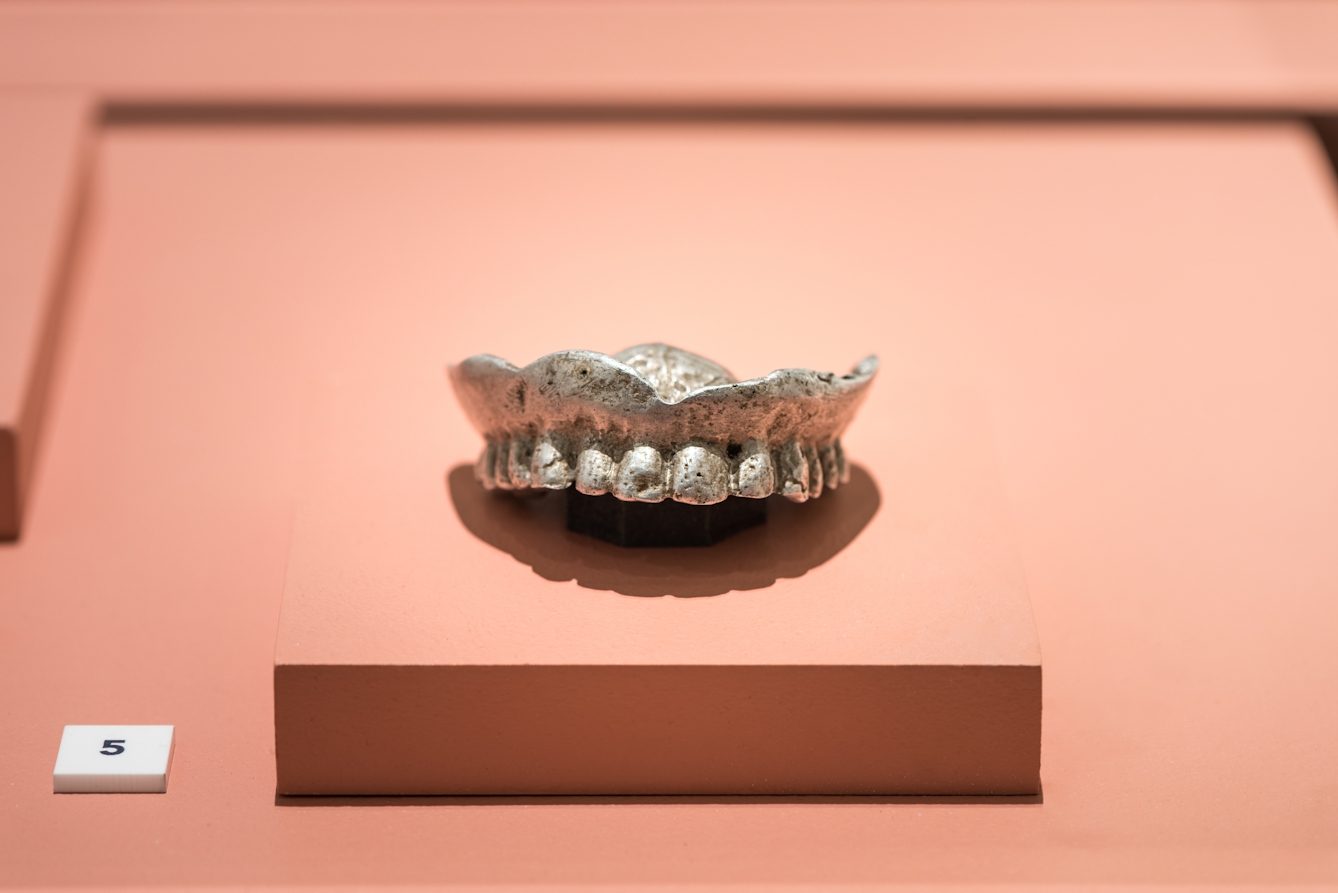
While interned in a Burmese prisoner-of-war camp during World War II, an RAF corporal had his acrylic dentures smashed by prison guards. Aluminium replacements were made with metal stolen from a fallen Japanese fighter plane.
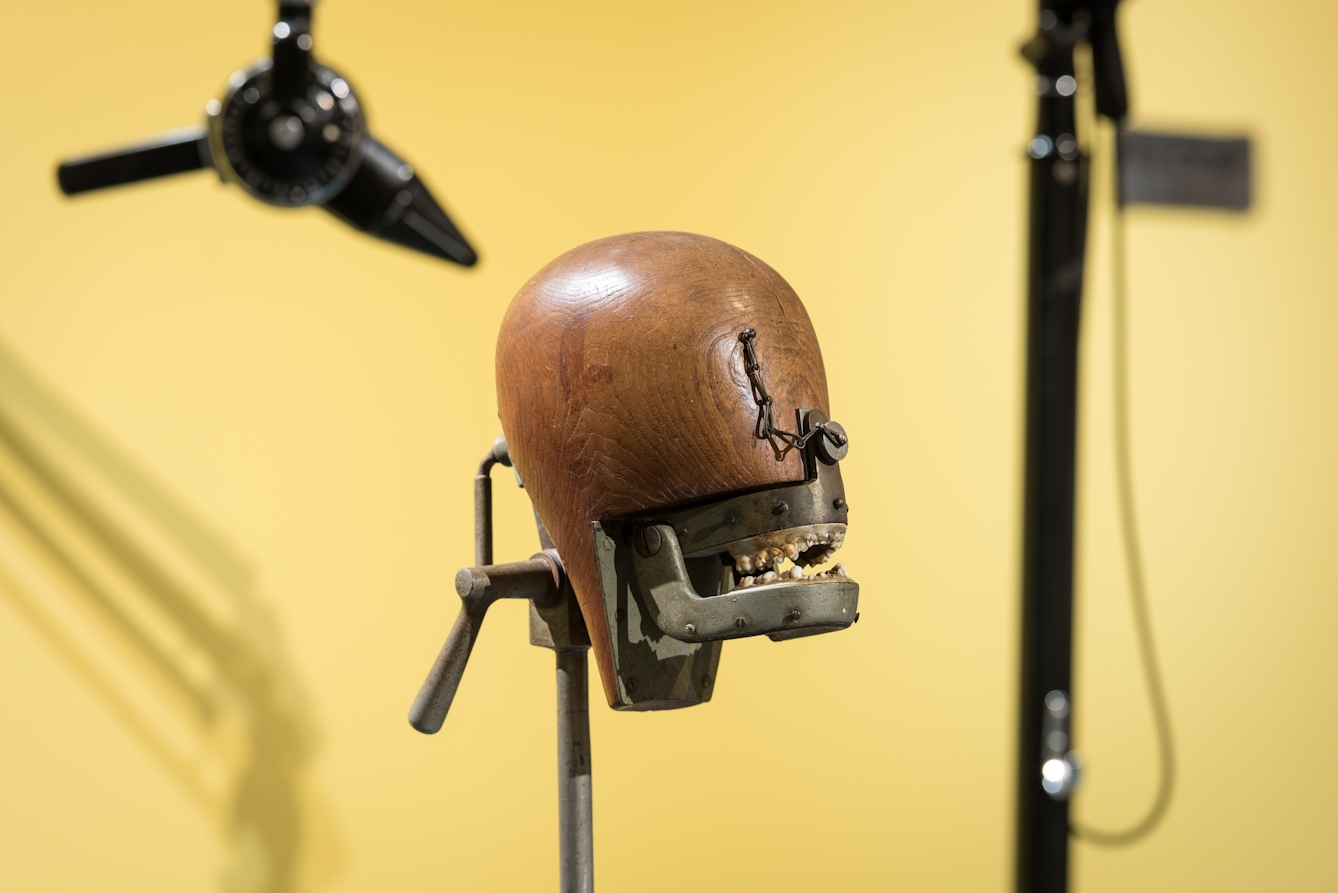
Trainee dentists at the University of Utrecht in the Netherlands have been honing their skills on this wooden “phantom head”, set with real human teeth, since the late 1800s. The teeth have been removed and replaced over the years, with newly extracted teeth sourced from local dentists.
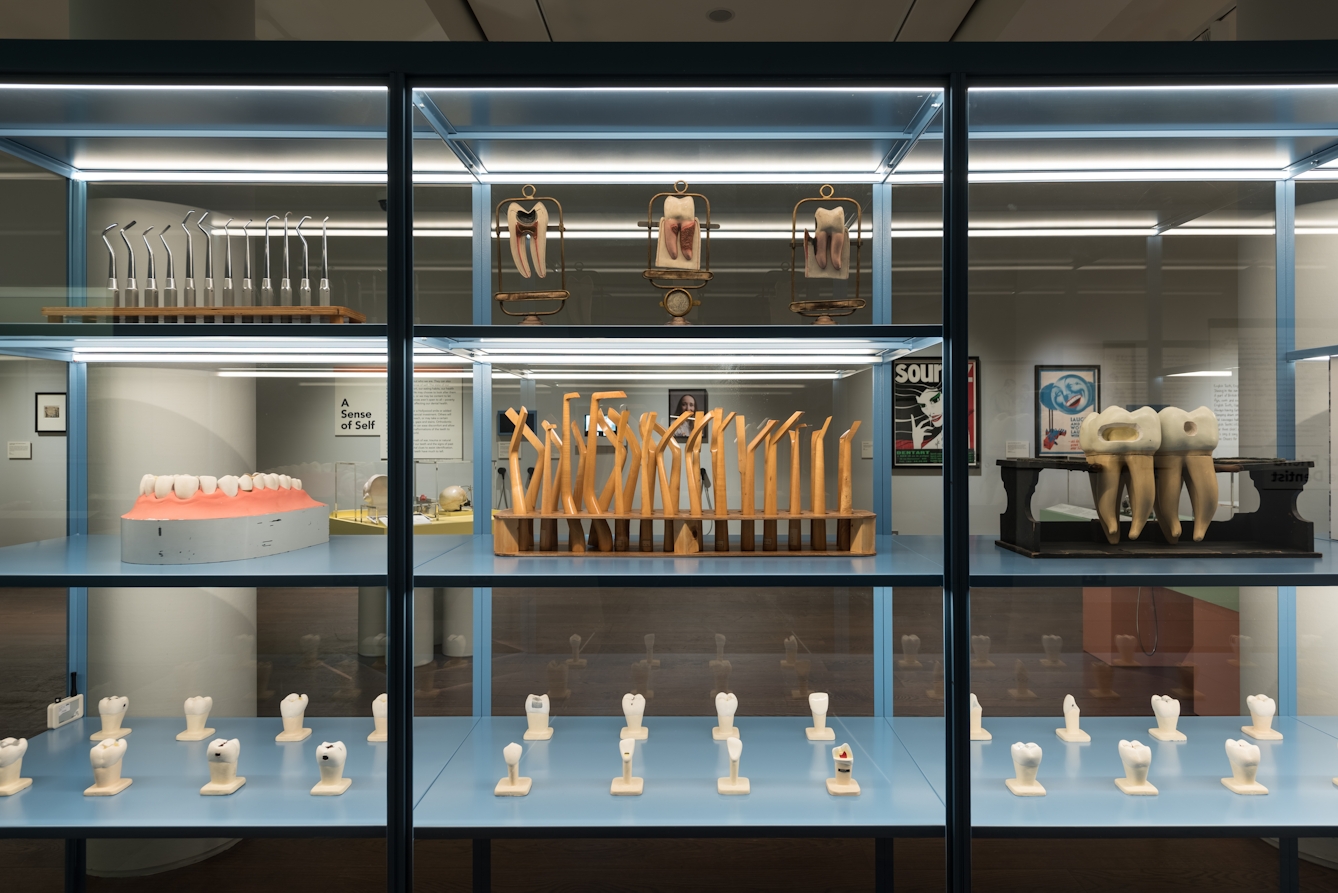
To enhance clarity and visibility when demonstrating procedures to camera, teachers at the School of Dentistry at the University of Utrecht in the Netherlands sometimes made use of oversized models of the mouth, teeth and dental instruments.
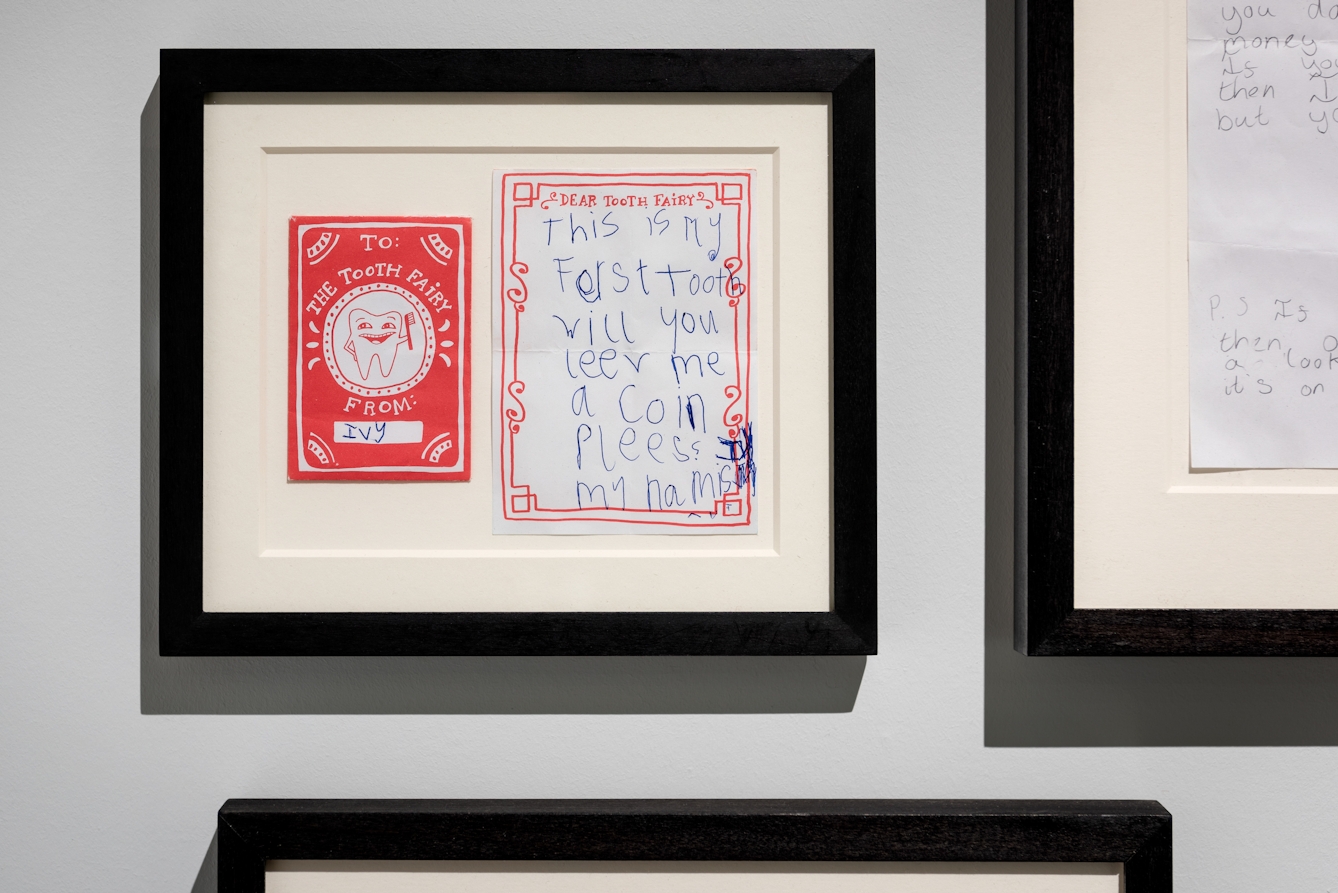
Letters to and from the Tooth Fairy demonstrate how we are never more aware of our teeth than when we are children and our baby teeth wobble and fall out. The elusive Tooth Fairy goes by many names. Letters posing questions, seeking reimbursement or offering excuses sometimes even get a reply. You can see a selection online.
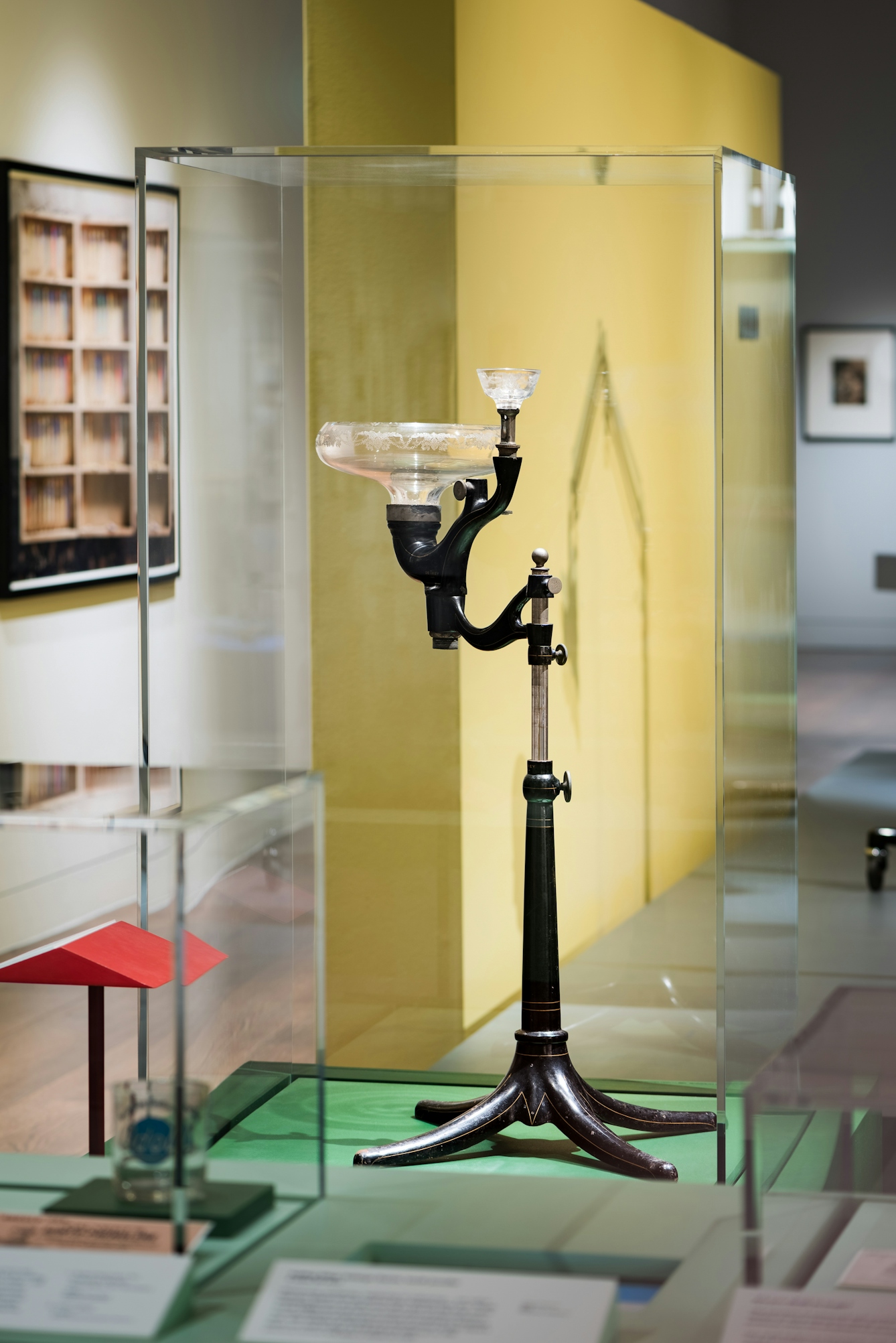
The awkward invitation for patients to swish and spit into a spittoon is also a welcome sign that your time in the dentist's chair is up. Improved hygiene standards and the difficulty of aiming with numb lips hastened the introduction of more mobile spittoons with running water and even sterilisable suction funnels.